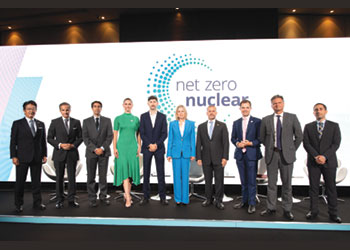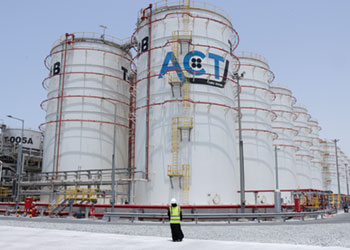
The Oil and Gas Climate Initiative (OGCI) has published a guidance for oil and gas companies seeking to cut methane emissions to near zero—a vital step to achieving Paris Agreement climate goals and a key focus for the 12-member group.
The guidance paper sets out a four-step pathway to support operators’ efforts to reduce their emissions of the gas.
This includes identifying potential sources of methane emissions and taking an inventory, determining how those emissions will be mitigated, prioritizing the biggest opportunities and taking a systematic approach to abatement.
The process is designed to be implemented across a company’s business units at any asset or location, and will build on lessons learned, best practice, new technologies and existing regulation.
According to Bjorn Otto Sverdrup, OGCI Executive Committee Chair: "The guidance also provides examples of targets, standards and protocols for methane emissions to aid companies, including from OGCI, UNEP’s reporting and mitigation programme the Oil and Gas Methane Partnership 2.0, the Natural Gas Sustainability Initiative, gas certification non-profit MiQ and the World Bank."
OGCI, which is led by the CEOs of the 12 largest energy companies, has focused on reducing methane emissions from operated oil and gas assets since the group was set up in 2014.
Last year, OGCI launched Aiming for Zero Methane Emissions, an initiative designed to spur companies to reduce methane emissions from operated oil and gas to near zero by 2030 by switching the mindset to treat methane as seriously as safety and preventing oil spills.
Support for the initiative, which is open to the entire industry, has grown quickly. It now numbers around 90 companies, including private and state-run energy companies, service firms, technology providers, consultancies and other organizations.
The target of aiming for zero methane emissions by 2030 is fast becoming a standard reference point for industry, as OGCI’s 2018 methane intensity target did before it.















































































































